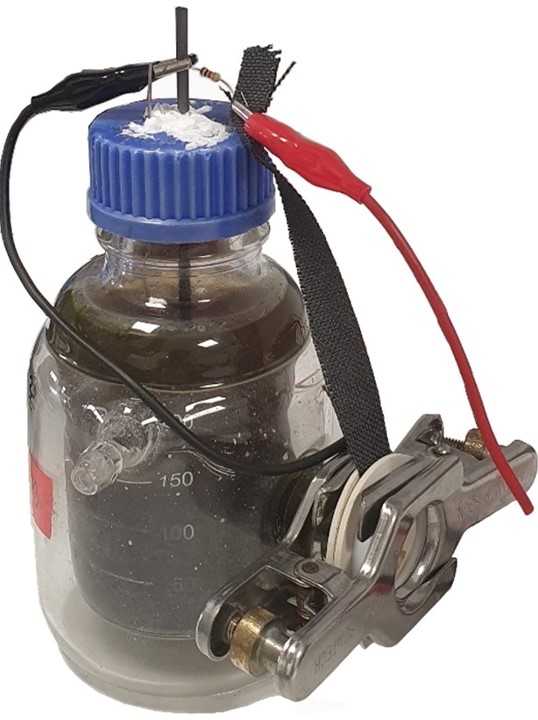RESEARCH PROJECTS
Natural based solution for agricultural and livestocks system contaminationNew technologies for hydrogen fuel cellBioenergy production and purification of aqueous effluents using microbial fuel cells
New technology for the development of biofuel: Biodiesel and bioethanolIonic liquids, supercritical fluids & membrane technology for green extraction and separation processesMicroalgae technology and its usesDesign of molecules with specific properties through the use of artificial intelligence technologies
New technology for the development of biofuel: Biodiesel and bioethanolIonic liquids, supercritical fluids & membrane technology for green extraction and separation processesMicroalgae technology and its usesDesign of molecules with specific properties through the use of artificial intelligence technologies
More Examples







